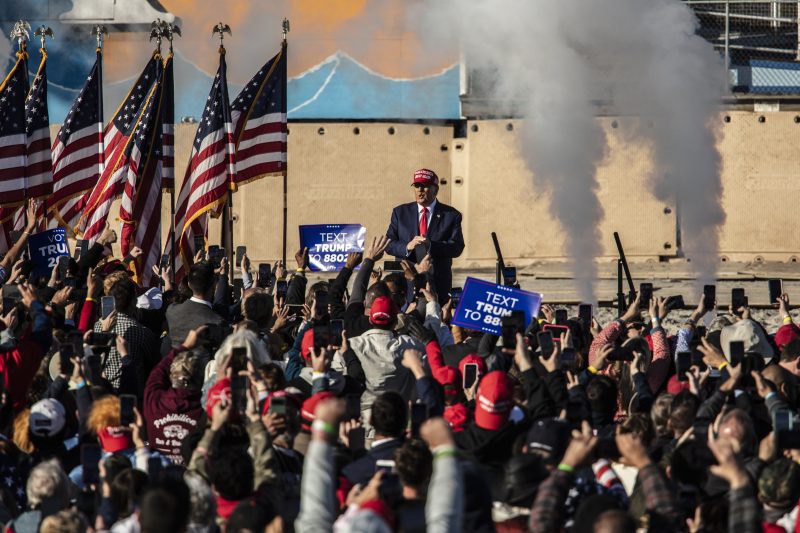
Don’t Be Fooled: Rally Attendance Doesn’t Determine Election Outcomes
In the world of politics, one common metric often used to gauge the popularity and potential success of a candidate is the size of the crowd at their rallies. Many believe that a large turnout at campaign events signifies strong support and enthusiasm for a candidate, leading to assumptions about their chances in the upcoming election. However, the link between rally attendance and election results is not as straightforward as it may seem, and relying solely on this measure can be misleading.
Firstly, it is important to remember that rally attendance is just one aspect of a candidate’s overall campaign strategy. While a candidate may draw large crowds to their events, the size of these gatherings does not always translate directly to votes on election day. Factors such as voter turnout, demographics, campaign messaging, and broader political dynamics play a significant role in determining the outcome of an election.
Moreover, rally attendance can be influenced by various external factors that do not necessarily reflect the candidate’s true level of support among the electorate. For example, a popular music artist performing at a candidate’s rally could attract a large crowd primarily interested in the music rather than the political message. Similarly, media coverage and social media buzz surrounding a particular event can inflate attendance numbers without necessarily indicating solid voter backing.
It is also essential to consider the quality of support versus the quantity of attendees. A candidate may attract a smaller but more committed and engaged audience, which could have a more significant impact on voter mobilization and grassroots organizing efforts. In contrast, a large crowd that is less connected to the campaign or lacks genuine enthusiasm may not translate into meaningful support on election day.
Historical examples further demonstrate the limitations of using rally turnout as a reliable predictor of election outcomes. There have been instances where candidates with massive rally attendance failed to secure victory, while others with smaller, but more dedicated followings emerged victorious. The 2016 U.S. presidential election, for instance, saw stark differences in rally sizes between the two major candidates, yet the ultimate result was contrary to what many pundits and analysts had anticipated based on crowd numbers alone.
In conclusion, while rally turnout can serve as a visible and attention-grabbing indicator of a candidate’s popularity and momentum, it should be viewed with caution and alongside a broader analysis of the political landscape. Campaigns and voters alike should recognize that the excitement generated by large rallies is just one piece of the electoral puzzle and does not guarantee electoral success. In the complex and ever-evolving world of politics, relying on multiple sources of data and insights is crucial for making informed decisions and predictions about election outcomes.
